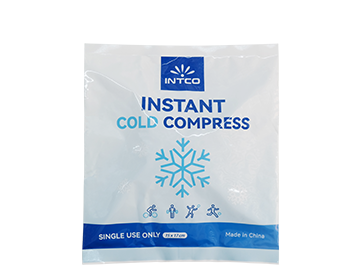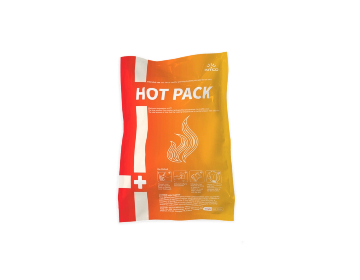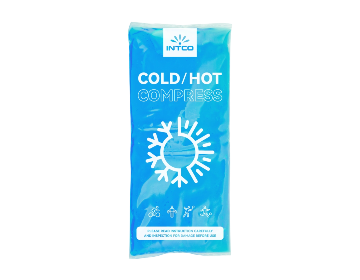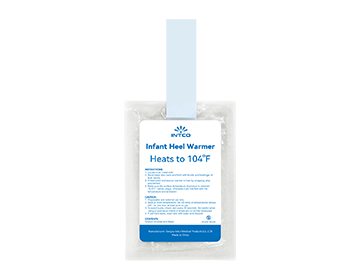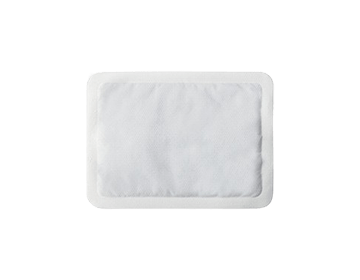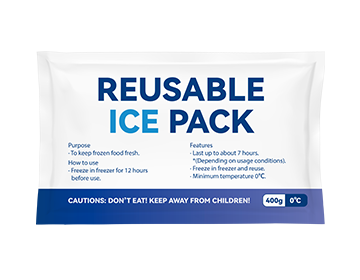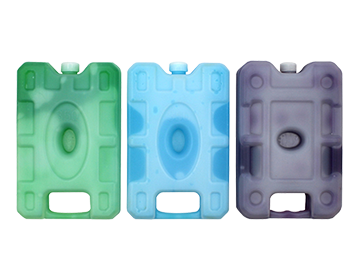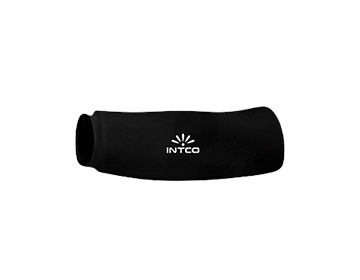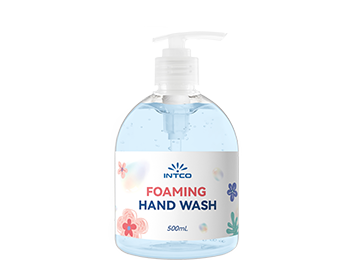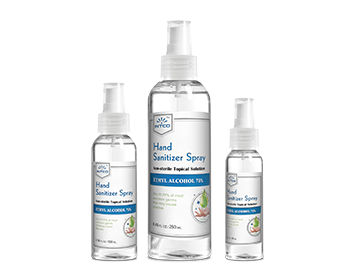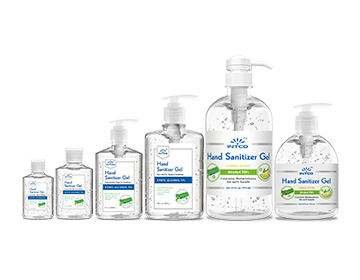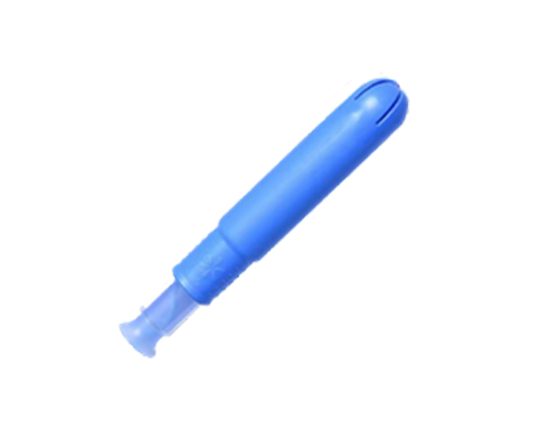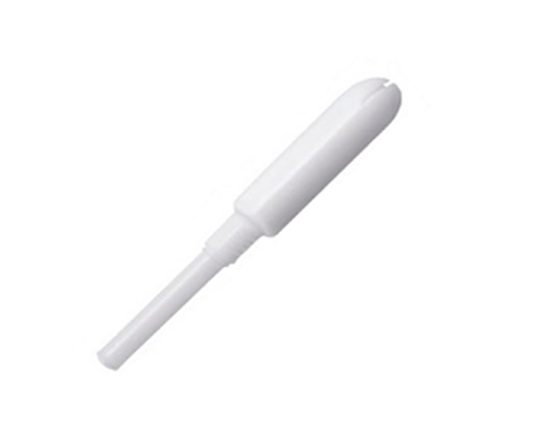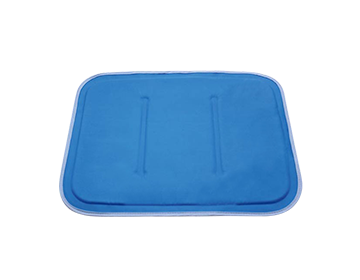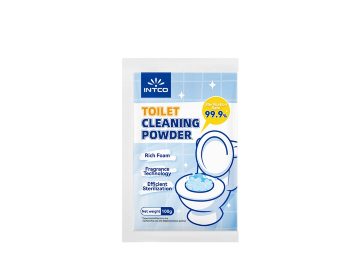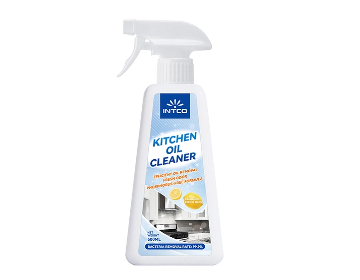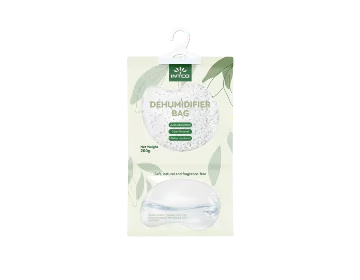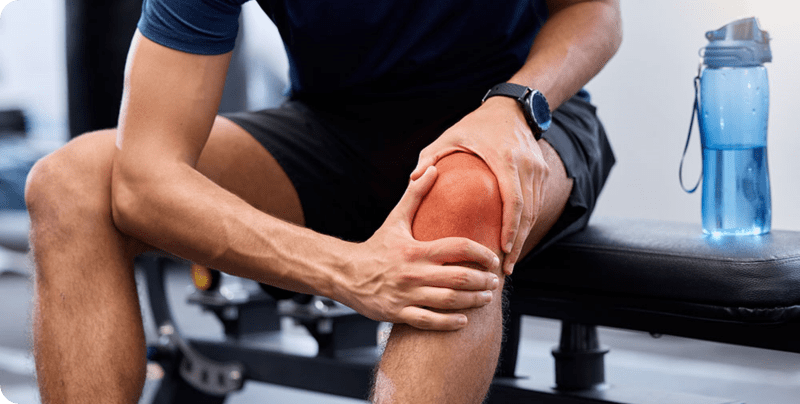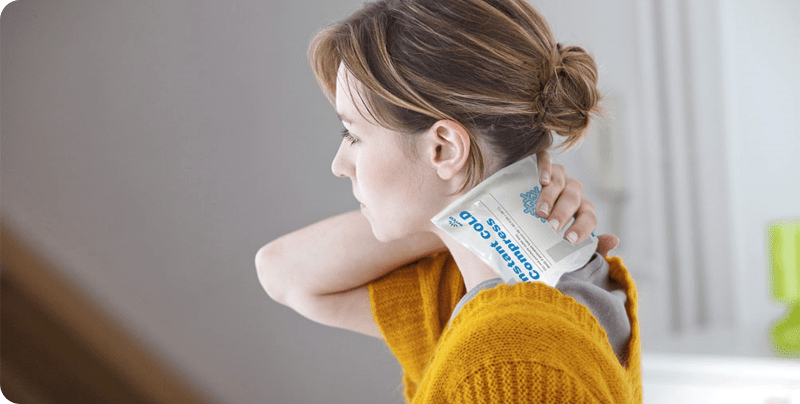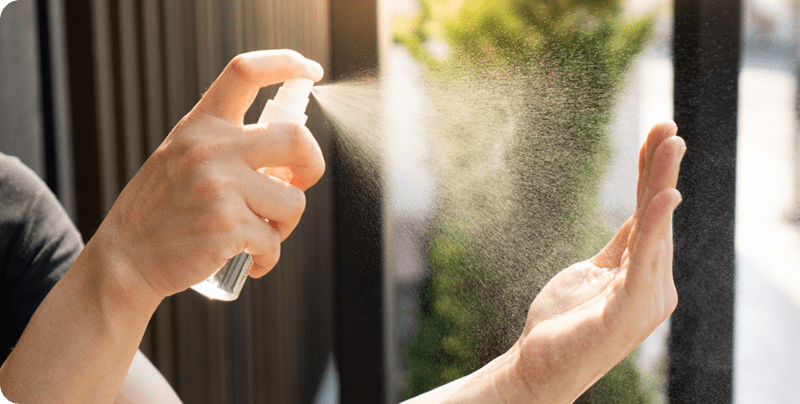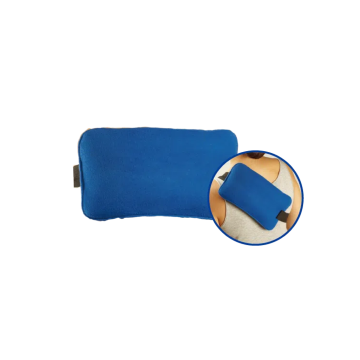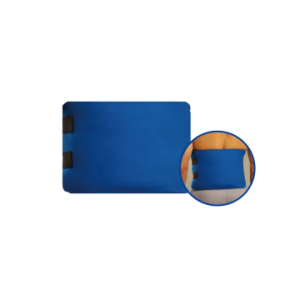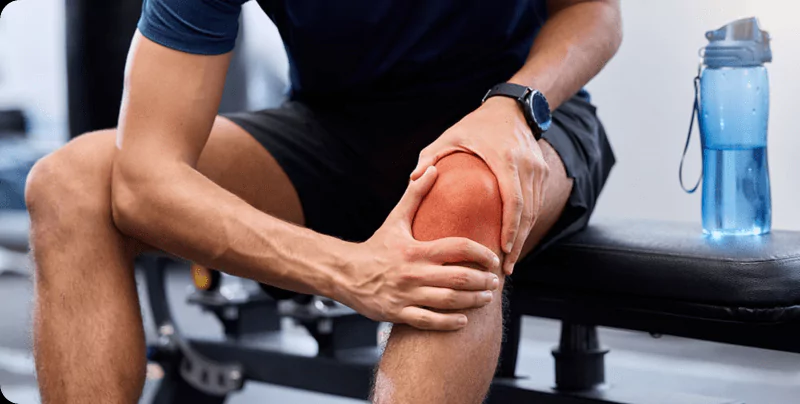Clay Ice Packs for Sports Injuries: Fast Relief for Athletes
Sports injuries—whether sprains, strains, bruises, or overuse injuries—are part of athletic life. Quick, effective relief can mean the difference between continuing training or being sidelined. Clay ice packs are one of the promising tools in the athlete’s recovery toolkit. In this article, we’ll explore what clay ice packs are, how they are used, what the evidence and expert opinion tell us, best practices, limitations, and whether they might be right for you.
What Are Clay Ice Packs, and How Do They Differ from Other Cold Therapy Options?
Definition and Composition of Clay Ice Packs
Clay ice packs—also called clay cold packs—typically consist of a flexible shell filled with a mixture of ceramic clay and non-toxic oils or gels. The clay helps the pack retain cold without becoming rigid or solid; it conforms to body parts more easily than rigid ice or hard gel packs.
How Clay Packs Compare to Gel, Instant Cold, and Traditional Ice
|
Feature |
Clay Ice Packs |
Gel Packs |
Instant Cold Packs |
Traditional Ice (Crushed/Frozen Ice) |
|
Flexibility when cold |
Stays pliant, molds well |
Good but may stiffen |
Very brief duration, often rigid |
Moulds well but melt quickly |
|
Cold retention time |
Moderate to good |
Good |
Short-lived |
Short, depends on insulation |
|
Reusability |
Yes |
Yes |
Usually single use |
Yes (freeze blocks repeatedly) |
|
Weight |
Heavier than gel, lighter than block ice |
Moderate |
Light |
Bulkier / messier |
|
Best for shapes / joints |
Very good – joints or awkward shapes |
Good |
For field/emergency use |
Best for home / controlled settings |
Clay packs tend to bridge a gap: more natural feel than chemicals, better conformity than rigid frozen blocks, and reusable over many cycles. Also, because they don’t freeze completely solid, they may reduce risk of cold burns when applied correctly.
Benefits of Clay Ice Packs for Athletes
Here are the advantages that clay ice packs may provide, especially in sports settings.
The pliability of clay allows the pack to conform to joint curves (ankle, elbow, knee, shoulder), improving skin contact and more uniform cooling. Better contact means potentially more effective cooling and better comfort.
Balanced Cold Retention
Clay packs often retain cold longer than some instant cold packs (which may cool fast but also lose temperature fast) while being more flexible than solid ice blocks. This gives a good window for therapy without constant re-application.
Reduced Risk of Cold Injury
Because they don’t freeze completely rigid, clay packs are often gentler and less likely to cause frostbite or “cold burn” if used with a barrier and for recommended times.
Reusable and More Environmentally Friendly
Many clay packs are reusable, reducing waste compared to single-use instant cold packs. Over time, this can be cost-efficient and more sustainable.
Versatility
Clay ice packs often work well for both acute injuries (sprains, bruises) and recurring overuse pains or soreness. They can also be used in combination with compression wraps to enhance effects.
Best Practices for Using Clay Ice Packs Safely and Effectively
To get fast relief without risking adverse effects, follow these guidelines.
Timing: When and How Long
· Apply as soon as possible after the injury or after heavy exercise. Early use helps limit swelling.
· Typical application: 10-20 minutes per session. Do not exceed 20 minutes at a time to avoid causing cold-related tissue damage. Use every 1-2 hours in acute phase (first 24-48 hours).
· After the immediate swelling goes down (after maybe 48-72 hours), reduce frequency or consider alternating with heat if stiffness becomes a problem. Temple Health guidelines suggest cold first, then heat later.
Protection of Skin & Proper Application
· Always use a barrier (thin towel, cloth) between the clay pack and skin. Direct contact can cause ice burns.
· Avoid using clay packs on areas with poor sensation, numbness, circulatory issues (e.g. in diabetic neuropathy or Raynaud’s phenomenon).
· Monitor skin color and sensation: remove pack if area gets too cold, numb, or uncomfortable.
Shape, Fit, Maintenance
· Choose clay packs that are appropriately sized and shaped for the joint (knee, shoulder, wrist) so that they cover most of the injured area.
· Freeze the pack flat or as recommended so the pack remains pliable rather than forming hard lumps.
· Keep a backup pack cold or alternate between two so that therapy isn’t interrupted.
· Store clay packs properly, clean surfaces, avoid damage.
Limitations and Drawbacks to Be Aware Of
· Clay packs, while more comfortable and moulding, are heavier and bulkier than some gel or instant cold packs; might be less convenient during travel or field use.
· They take longer to freeze before use than instant cold packs; if you need something immediately and don’t have a pre-frozen clay pack, other options may be more practical.
· Cold therapy (including clay) often gives short-term relief of pain and swelling but may not accelerate long-term healing significantly. Some studies caution that excessive use of cold could delay healing by interfering with the normal inflammatory processes.
· Not all types of injuries respond equally: deep tissue injuries, cartilage damage, or injuries with poor blood supply may require other therapies (physical therapy, medical evaluation, etc.).
Clay Ice Packs vs Other Cryotherapy Modalities
|
Modality |
Onset of Relief |
Duration of Cooling |
Portability |
Skin Comfort |
Best Use-Case |
|
Clay Ice Packs |
Moderate; not instant but fast |
Good; retains cold reasonably long |
Moderate (needs freezer) |
High: pliant, moulding |
Joints, larger surfaces, recurring injuries |
|
Gel Packs |
Similar; depends on gel type |
Good |
Moderate to good |
Moderate |
General use, pre/frozen, gym bag |
|
Instant Cold Packs |
Very fast (chemical reaction) |
Short |
High (no need freezer) |
Lower; often rigid, single use |
Emergency or field use |
|
Traditional Ice / Crushed Ice |
Very fast cooling |
Short; melts and needs reapplication |
Low portability |
Can be uncomfortable if rigid or uneven |
Home, first response situations |
What Experts Say (Specific Examples)
· Stanford Medicine (Dr. Calvin Hwang) recommends cold therapy immediately post-injury to reduce swelling and pain; heat later for stiffness. He advocates simple ice packs for most injuries when used properly.
· Sports medicine literature such as The Use of Cryotherapy in Sports Injuries (Meeusen et al.) finds positive effects for cryotherapy (ice packs etc.) on pain and recovery, but also emphasizes that skin, muscle depth, application method, duration are all influential.
· Temple Health, by Kristin Hullings, MD: For sprains, twists and strains, ice is the first line to reduce swelling; applied for 20-30 minutes several times a day for first 48-72 hours.
Should Athletes Use Clay Ice Packs? Practical Scenarios
Here are a few example contexts where clay ice packs are especially useful:
· Field injuries: After a sprained ankle during game play, if you have a clay pack pre-frozen, you can apply it right away to reduce pain and swelling, especially when gel or ice isn’t shaped well enough.
· Post-training soreness: Heavy workouts often leave muscles and joints sore; a clay pack applied afterwards can help reduce discomfort and aid early recovery.
· Overuse injuries: Conditions like tendonitis, IT band syndrome, runner’s knee—repeated strain—benefit from cold therapy after stress; clay packs can help manage flareups without the harshness of rigid ice.
· Travel or overnight recovery: Having a reusable clay pack allows carrying a cold pack that can cool deeply enough when pre-frozen, without depending on perishable ice.
INTCO Medical and Clay Ice Packs
INTCO Medical is a manufacturer known for high-quality medical supplies, including cold therapy and clay ice packs. Their clay packs are designed with:
· Safe materials and non-toxic fillings
· Flexible, skin-friendly surfaces that conform to joints
· Quality insulation so that cold is retained for useful periods
· Reusable design, durability, easy care
If you’re selecting clay ice packs, choosing a trusted brand like Intco Medical ensures you get a product built for athletes’ demands—good fit, consistent cooling, and safety.
FAQs
1. How long should I use a clay ice pack on an injury?
Generally 10-20 minutes per application, with breaks of at least 1 hour (or more) between sessions, during the first 24-48 hours after injury. After swelling reduces, frequency can taper off.
2. How often should I freeze clay packs and have backups?
It’s helpful to have at least two: one in use, one in freezer, so therapy isn’t delayed. Freeze flat as per product instructions, usually several hours in freezer to cool sufficiently.
3. Can I sleep with a clay ice pack on?
Usually not recommended, unless the product is made for overnight use and has safety features. Risk of cold damage is higher if unattended.
4. Are clay packs better than instant cold ones?
They have trade-offs. Clay packs offer better moulding, reusability, and more comfort, but instant cold packs give rapid onset (good for field emergencies). Choosing depends on situation.
5. Who should avoid or limit use of clay ice packs?
People with poor skin sensation or circulation (neuropathy), cold hypersensitivity (like Raynaud’s), vascular disease, open wounds, or certain medical conditions should consult a healthcare provider before use.

